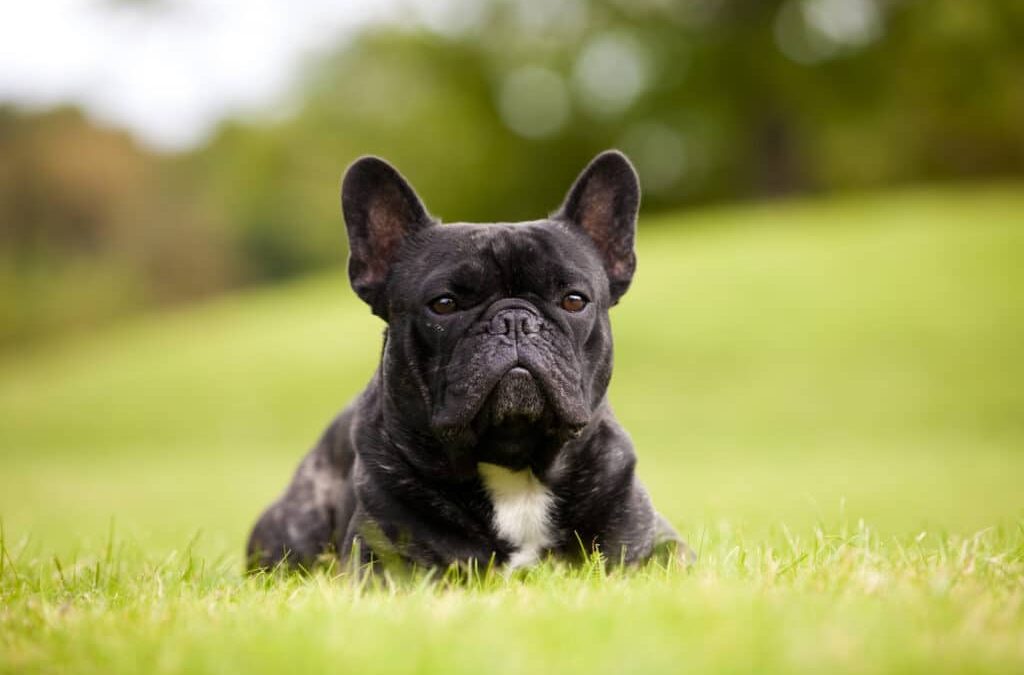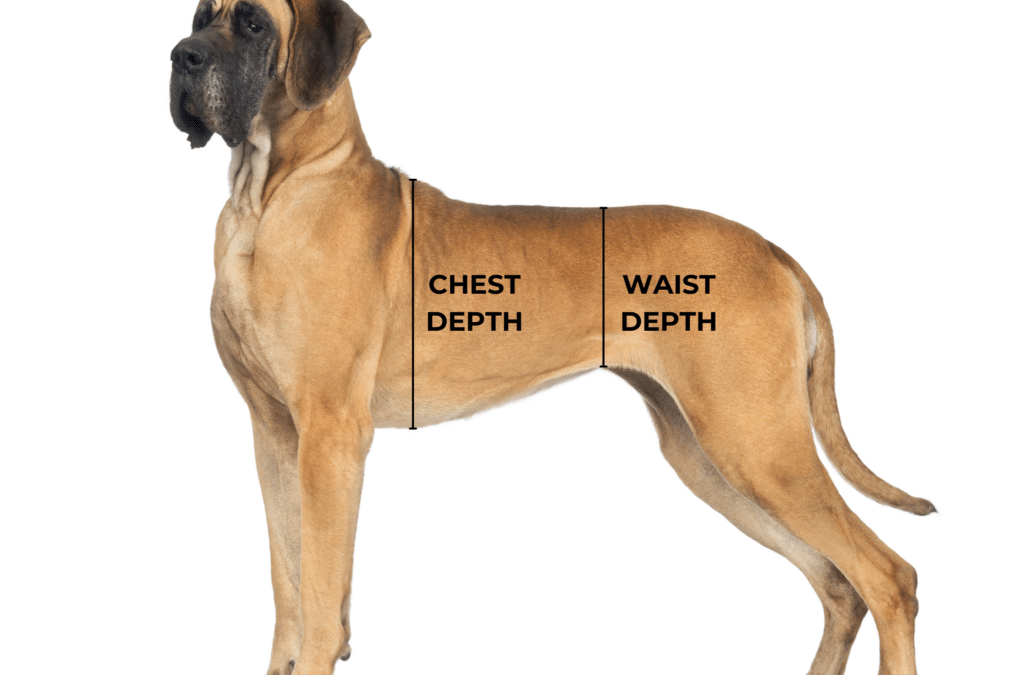
What Is A Deep Chested Dog? Here’s Everything You Need To Know
FacebookTwitterSubscribe
“This post contains affiliate links, and I will be compensated if you make a purchase after clicking on my links.”
You might have heard of the term “deep chested dog” but have yet to figure out what it means.
Basically, a deep chest in dogs refers to the distinct physical characteristic found in some breeds where the chest is taller than it is wide.
Deep chested dogs are usually bred for the purpose of agility, endurance, and running. However, while this may serve a purpose, having a deep chest can predispose a dog with some very serious health concerns as well.
But worry not! In this article, we’ll discuss everything you need to know and understand about deep chested dogs.
The Function Of A Deep Chest In Dogs
Dogs are bred for different purposes and functions. Some are bred to work, to hunt, to herd, and a lot more. And their physical traits, like the structure of their chest, may vary depending on their purpose.
For deep chested dogs, they are often bred for the purpose of running, agility, and endurance. And because of their chest, they have greater lung capacity, which helps enhance their athleticism and cater to above-mentioned purposes.
But that’s not all! A deep chest also allows more room for the heart, allowing for efficient and optimal circulation of blood throughout the dog’s body.
Furthermore, a deep chest also plays a vital role in regulating a dog’s body temperature, which explains why dogs that are used to the cold, like Saint Bernards, are deep chested.
Characteristics Of A Deep Chested Dog
Having a deep chest for dogs means having a long sternum (aka the breastbone) that protrudes forward, giving a dog a long chest and a narrow waist. And a deep chest falls as low as the dog’s elbows in its front legs.
The height of a dog’s ribcage is referred to as the “depth”.
Physical Characteristics Of A Deep Chested Dog
It’s relatively easy to tell when a dog has a deep chest. This is because deep chested dogs are characterized by distinct physical features that set them apart from other dog breeds.
And these physical characteristics include:
1. Narrow And Tall Ribcage
This is the most noticeable physical trait of a deep chested dog. You can immediately see that their ribcage is taller than it is wide. And when viewed from the side, you can see the clear difference in the chest and waist’s depth.
Here’s an example of how a dog with a deep chest looks from the side:
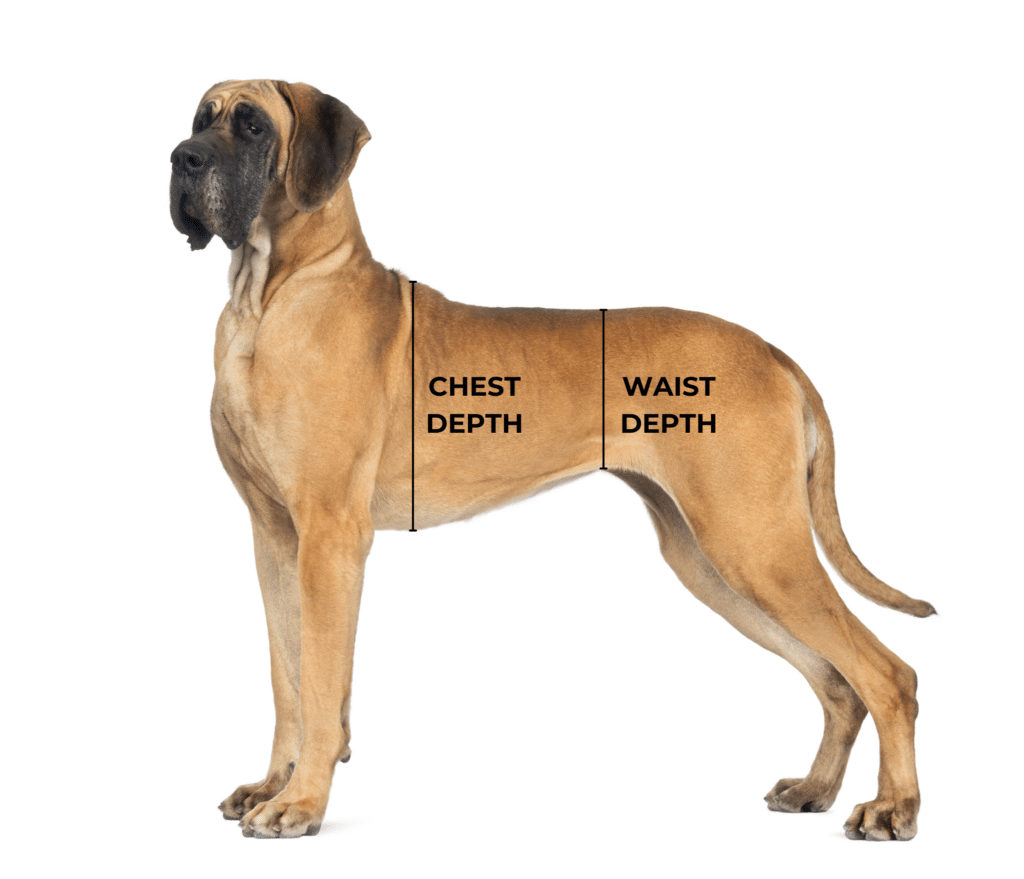

For comparison, here’s how a dog with a round chest looks like. A round chested dog’s ribcage is almost equal in depth and width, giving them a rounder appearance when viewed from the side.
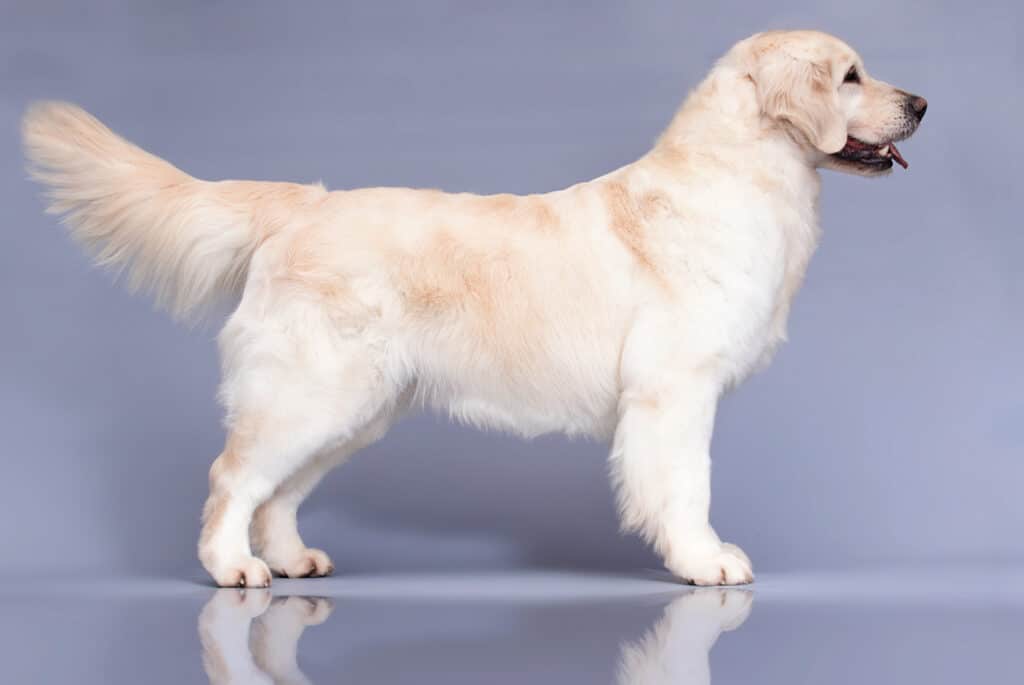

2. Egg-shaped Or Oval-shaped Chest
Due to the fact that deep chested dogs have tall ribcages, when they sit down, you’ll see that the shape of their chest is usually egg-shaped or oval-shaped.
3. Long Torso
Dogs with deep chests also have a long torso as compared to other breeds, which is often proportional to the depth of their chest.
4. Slender Limbs
A physical trait that is commonly seen in deep chested dogs are their long, slender limbs that complement not only their deep chest but also their overall physique.
Behavioral Characteristics Of A Deep Chested Dog
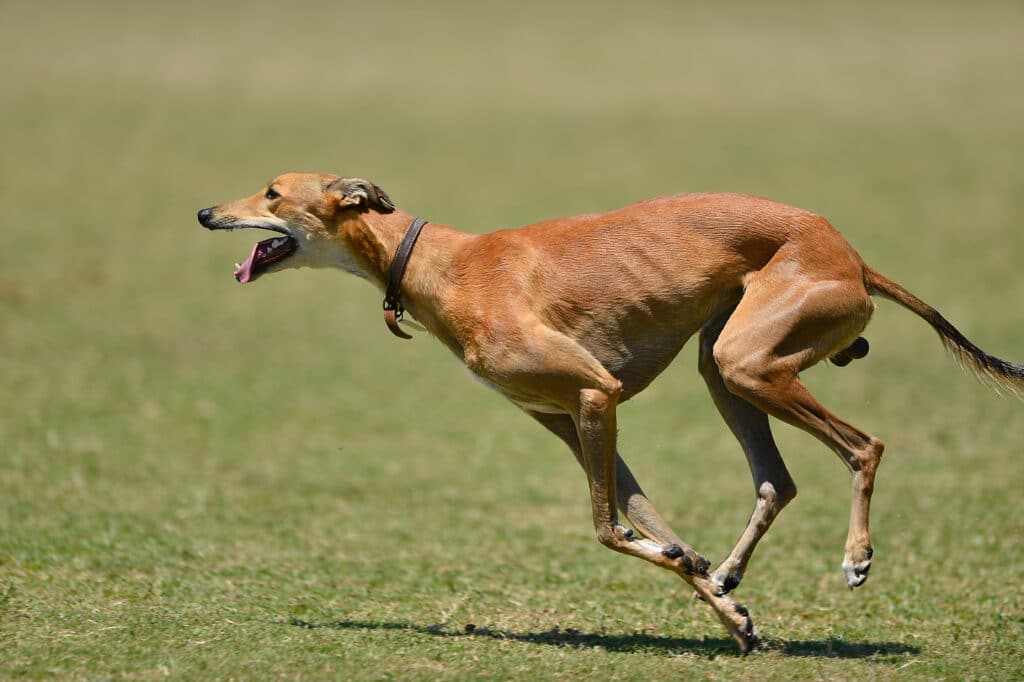

No two dogs are the same, and this also goes for dogs with deep chests. However, there are a few general behaviors that are observed in deep chested dogs. And these behaviors include:
1. High Energy Level
Many deep chested dog breeds are known to be energetic. Their need for physical exercise and mental stimulation is higher than other breeds. And therefore, they enjoy activities such as running, hiking, and playing fetch.
2. Athletic
In connection with their high energy level, of course you’d expect these dogs to be athletic and agile. Thanks to their physique (like their slender legs and their chests, of course), they’re suitable for activities such as competitive sports and agility training.
3. Loving
A lot of deep chested dogs are large in size but gentle in nature. They are very affectionate dogs, often dubbed as “gentle giants” for their calm and loving demeanor.
4. Loyal and Protective
While these dogs are calm and loving, they also know when to protect the people they’re loyal to. They will go to great lengths to protect them and keep them safe. And these behaviors make deep chested dogs amazing guard dogs.
Deep Chested Dog Breeds
There are several dogs that are bred to have deep chests. While these breeds vary in temperament, coat type, and size — they all share one common trait: a deep chest.
Here are some of the most common ones:
Large And Giant Dog Breeds
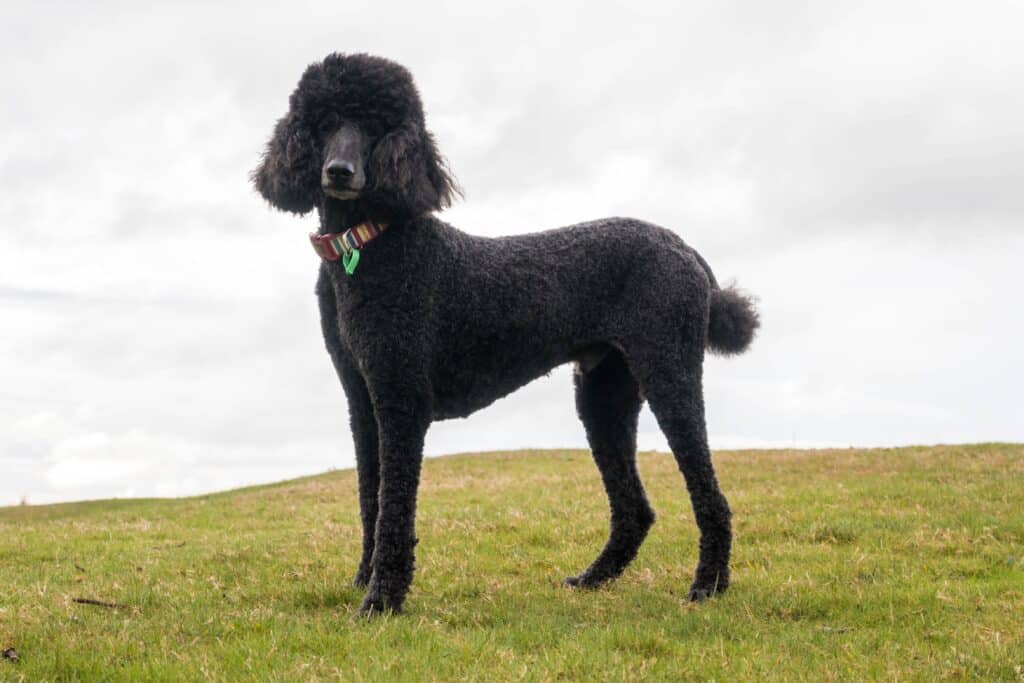

Some of the most notable large dog breeds with deep chests include Great Danes, Irish Wolfhounds, Saint Bernards, Standard Poodles and Old English Sheepdogs.
These breeds are also known for their stamina, agility, and were bred for either hunting or guarding.
Medium to Large Dog Breeds
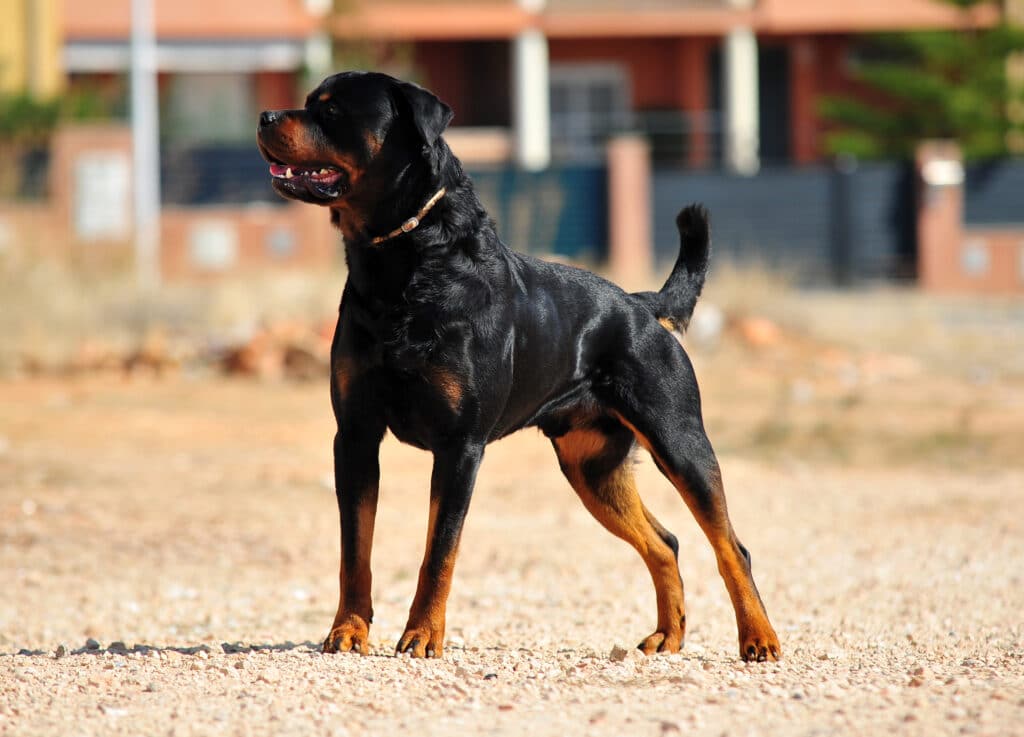

Greyhounds, Weimaraners, Irish Setters, Boxers, Rottweilers and Doberman Pinschers are among the most common medium to large dog breeds with deep chests.
Small to Medium Dog Breeds


A dog’s size doesn’t determine its chest type. And while having a deep chest is very common in large dog breeds, there are also small to medium-sized breeds that has this physical trait.
Some of the most common small to medium breeds with deep chests include Basset Hounds and Dachshunds.
Deep Chested Dog Health Problems


While having a deep chest serves great purposes to some breeds, it also predisposes them to a number of health issues.
1. Bloat
The most common, and probably the most life-threatening, medical condition that deep chested dogs can be predisposed to is Bloat or Gastric dilation and volvulus (GDV).
Bloat is when a dog’s stomach fills with gas and expands. When bloat is left untreated, it can lead to GDV where the dog’s stomach expands and twists in itself. When this happens, both the entrance and exit of the stomach gets blocked, causing major damage to other vital organs such as the heart.
The cause of Bloat is unknown. But professionals suggest that a number of factors have contributed to its cause, like:
- Eating too fast
- Overeating
- Eating from a raised food bowl
- Drinking plenty of water in a short amount of time
- Stress or anxiety
- Playing or exercising right after eating
- Increased age
Since bloat is a very serious health issue, being able to recognize its symptoms is important. These symptoms include:
- Restlessness
- Excessive drooling
- Swollen stomach
- Anxiousness
- Pacing
- Trying to vomit or retching
As bloat worsens, you’ll be able to notice these additional signs:
- Pale gums
- Labored panting or breathing
- Rapid heart and pulse rate
- Weakness, collapse, and/or inability to stand up
- Whimpering that indicates extreme pain
If you suspect that your dog has bloat, go to the vet and immediately seek medical attention.
2. Spontaneous Pneumothorax
Spontaneous pneumothorax is another common health problem among deep chested dogs. It is when air leaks out from the lungs or large air passages and accumulates in the chest space just outside the lungs.
The condition may appear ang progress slowly, but you’ll notice a dog suffering from spontaneous pneumothorax if they suddenly have difficulty breathing.
The most common cause of spontaneous pneumothorax is “bullous emphysema”. This is when the airspaces in a dog’s lungs are dilated, so the air can get in (through inhalation) but cannot get out (through exhalation).
Symptoms of spontaneous pneumothorax may include:
- Difficulty breathing
- Coughing
- Anxiety
- Pale or bluish gums
- Overinflated chest
- Increased respiratory rate
- Shock
Treatment for this condition will depend on your dog’s symptoms. So, if you suspect that your dog has this condition, make sure to immediately bring them to the vet.
3. Exercise-Induced Problems
Exercising is vital for all dogs, regardless of their breeds or physical traits. However, deep chested dogs are at a higher risk of exercise-induced health problems.
These dogs, compared to others dogs, have increased endurance and agility. And sometimes, they can overexert themselves during exercise or playtime. And this can cause respiratory problems and other health concerns.
How To Care For A Deep Chested Dog
While a deep chested dog can be prone to health problems, these can be prevented or minimized with care and attention that caters to their needs.
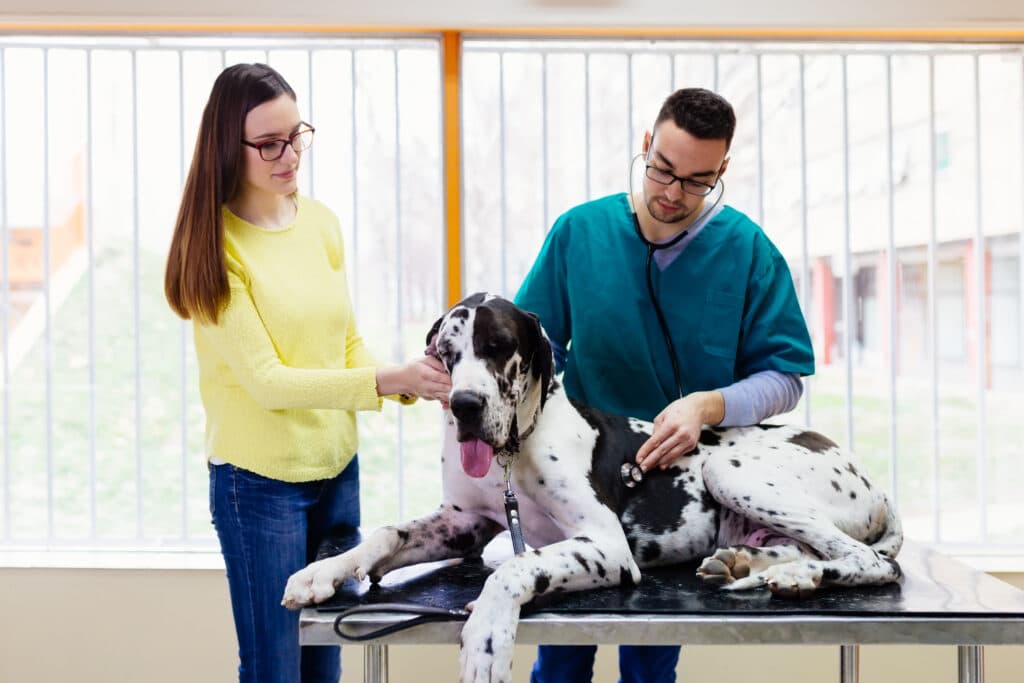

Regular Vet Visits
Regular vet visits and routine health check ups are important for all dogs. But for deep chested dogs, this is extremely vital since they are predisposed to a number of health risks.
With these routine check ups, you and your dog’s vet will be able to detect health problems in their early stage, therefore being able to plan ahead of time on how to treat or minimize it.
Ideally, your dog should see their vet for check ups at least once a year, which then becomes more frequent as they grow older.
Furthermore, during these vet visits, your dog’s vet can also suggest things, like proper diet and exercise plans, in order to keep your deep chested dog healthy.
Diet
Probably one of the most vital part of taking care of a deep chested dog is their diet (including their feeding habits).
Since these dogs are prone to bloat, how much they eat in a day and how they eat is crucial.
So, to help prevent bloat, you have to feed them smaller portions throughout the day. Instead of one large meal, you can divide their meal into two to three meals a day. If they eat too fast, you can try using a slow feeder bowl to help curb this.
You should also avoid any sort of physical activity right before AND after a meal.
Exercise And Physical Activities
As mentioned above, deep chested dogs have high energy levels and are athletic. So, to keep them healthy and happy, regular physical exercise is a must!
They enjoy running, hunting, hiking, playing fetch, and swimming. However, keep in mind that they can overexert themselves. So, make sure to monitor the amount of exercise they get in a day. Generally, two 30-minute walks in a day is enough for these dogs.
Training And Socialization
Mental stimulation is as important as physical exercise for deep chested dogs. So, make sure that you are also taking care of them mentally and emotionally by letting them socialize with the people and environment around them.
Using positive reinforcement during training also helps mentally stimulate these dogs.
Conclusion
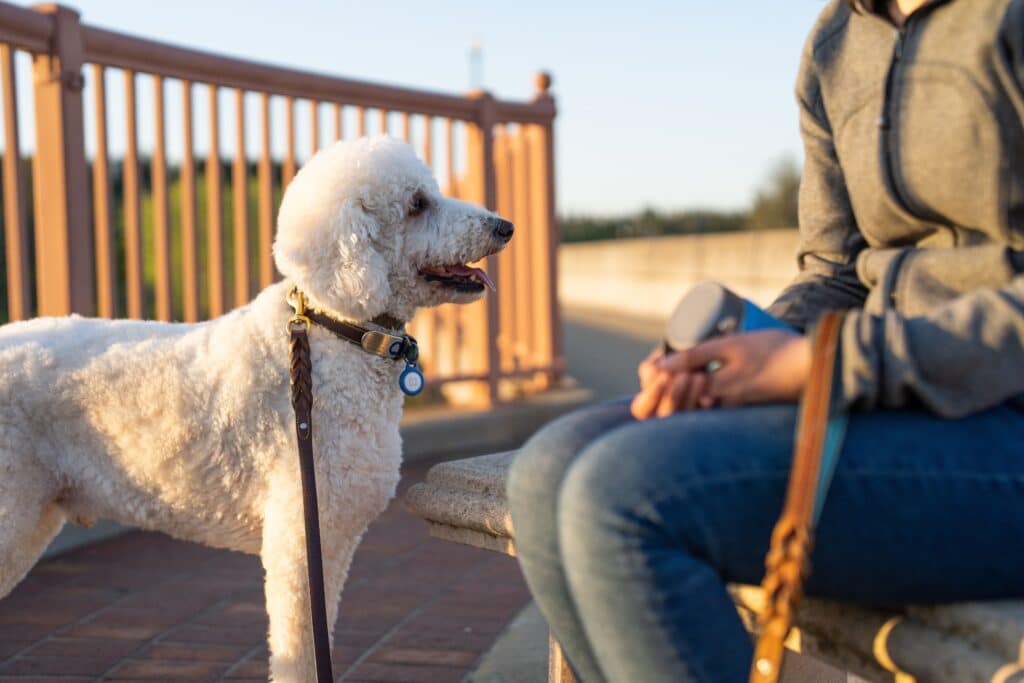

Deep chested dogs, like any other dog, make wonderful companions. However, they require special care and attention to ensure they live a long and healthy life.
And to do be able to do this, you must first understand what deep chested dogs are. And we hope that through this article, you were able to recognize their physical traits, behaviors, energy levels, size, and possible health concerns.
Overall, having knowledge of deep chested dogs’ unique characteristics and needs are essential not only to ensure a healthy life, but also for responsible dog ownership.

